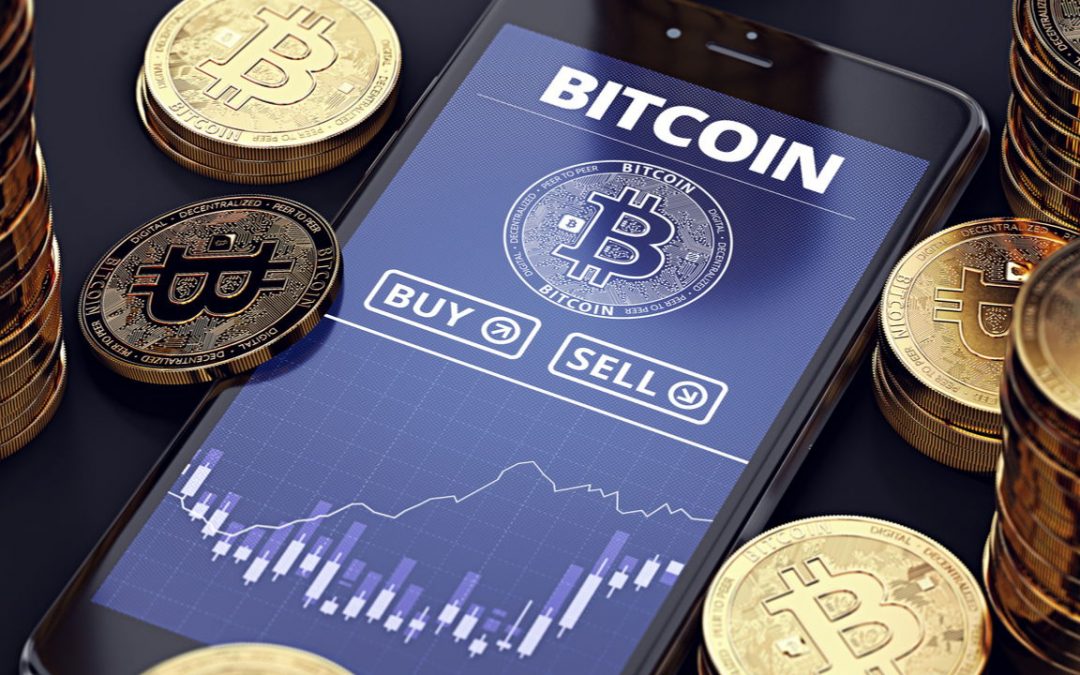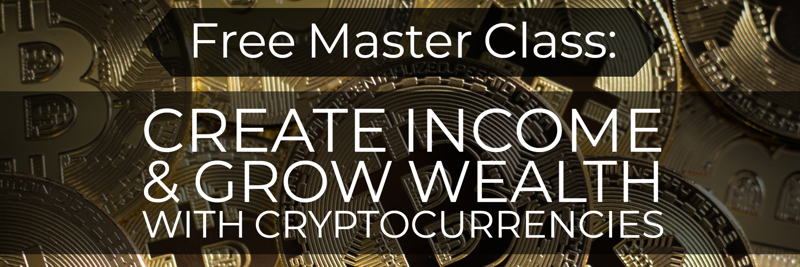Cryptocurrencies seem to be all the rage right now. Ever since the Bitcoin blow-up in late 2017, nearly every website has had some coverage on digital assets. That said, actually investing in Bitcoin and other coins can be confusing and scary. Because of that, we’ve put together the ultimate guide to teach you how to buy Bitcoin.
Setting Up a Wallet
First off, you’ll want a wallet to store your Bitcoin. Unfortunately, storing on an exchange is not the safest space. In doing so, you’re relying on a third-party to take care of your hard-earned cryptocurrencies – one that can be hacked into at any point.
When you buy Bitcoin, you’re actually purchasing a digital private key that proves to the blockchain ledger that you own x amount of coin. That’s what you need the wallet for.
Here is a quick breakdown of the different wallet types:
Desktop
Desktop wallets are stored on your hard drive. They save your keys locally and aren’t at constant risk of being hacked.
Online
An online wallet is the least safe space to store your Bitcoin. Day traders are the only ones who should be doing so, and in small amounts at that.
Mobile
Similar to a desktop wallet, mobile wallets are supported by third-parties and can be accessed via an app on your smartphone.
Hardware
Hardware wallets store your keys on a USB drive. Not only is this always offline, but it requires a ton of security to break through.
Paper
Paper wallets are the safest kind. These are a slip of paper with a QR code on them. Users can scan the QR code to transfer their keys to a mobile wallet.
Register On An Exchange
Once deciding a wallet, it’s time to register to an exchange. An exchange is merely an online marketplace allowing users to buy and trade Bitcoin and other cryptocurrencies. Each one requires varying levels of identity verification before you can invest.
Some exchanges allow you to invest with fiat (local) currencies, including Coinbase, Bitstamp, and Gemini.
Coinbase GDAX
Coinbase’s GDAX exchange is one of the easiest to sign up with. Not only does it verify nearly instantly, but it also requires little information. Users can buy Bitcoin with a debit or credit card, but more massive purchases require a wire transfer. Also, while it’s nice to keep your information private, users who submit ID will receive higher purchasing limits with their cards.
Once payment methods are linked, users can choose exactly how much Bitcoin they’d like to purchase. A conversion rate is shown before confirming the purchase, and a transaction fee will apply based on the amount. Coinbase then locks in the price, and the transaction will take five days to verify before you gain access to your key.
Bitstamp
Bitstamp is another exchange focusing on simplicity. This platform supports similar payment methods to Coinbase, but it requires a higher level of verification. Unless the network is overflowing with users, verification will take a couple of days.
This exchange has been around for a while and offers a high level of liquidity at nearly $700 million in trading value every single day. Bitstamp supports card payments, wire transfer, SEPA, and crypto trades.
Nowadays, nearly 98% of their digital assets are stored offline in cold storage. These funds are insured, have 2FA security, confirmation e-mails, and the platform even offers SMS alerts for those who want an extra layer of protection. Plus, Bitstamp even has a high-level of data encryption for privacy and authentication purposes.
Gemini
Founded by the Winklevoss twins, Gemini is another U.S. based exchange that has broken into the top 20 of all trading platforms in just two years of operation, at least when considering Bitcoin trade volume.
Based in New York, Gemini is registered with and must comply with all United States banking standards. Because of this, it is incredibly well-respected in the finance world and offers a high-tier service like no other.
The platform is easy to use, responsive, and it provides instant updates on prices and value transfers. Most digital assets are placed in offline cold storage for security, while Amazon Web Services protect online coins.
After purchasing BTC on an exchange, you’ll receive a private key in which you’ll want to send to your wallet. DO NOT keep your coins stored in the exchange, as that leaves them incredibly vulnerable.
What To Watch Out For
Of course, the platforms listed above are only a few of the best places to buy Bitcoin. When scoping out different exchanges, be sure to consider the following aspects:
Fees
Of course, with each transaction, the exchange will charge you a fee. These fees could be on monthly wallet storage (another reason to move your coins offline,) withdraw or deposit fees or even trading fees.
Payment Methods
While more exchanges are accepting card payments, there are still some that refuse to do so. Plus, those exchanges may charge quite a bit in fees for card payments so that you might be better off with a wire transfer anyways. Very few platforms accept PayPal, so don’t expect that when searching.
Simplicity
Some exchanges don’t know how to create a simple user interface. Learning the ins and outs of crypto is already a complicated process, no need to make the trading procedure difficult as well. Keep an eye out for exchanges with an easy-to-use interface.
Reliability and Security
Some exchanges are often down or frequently hacked into. That’s something you want to stay away from. Check the history of different exchanges and see what users have to say.
Also, keep an eye out for verification systems, 2FA layers, cold storage, and more. See if coins are insured on the platform. Finally, make sure the platform has reliable customer service. Even the most popular platforms may fail in this regard, which can make problems that much more difficult to solve.
All in all, it’s up to you to decide what you want out of an exchange. Do your research, get a solid wallet, and be sure not to keep your key stored in an online exchange.












